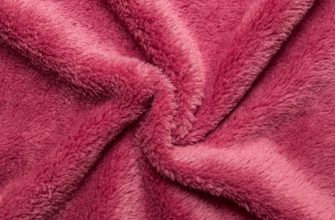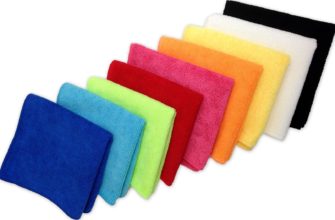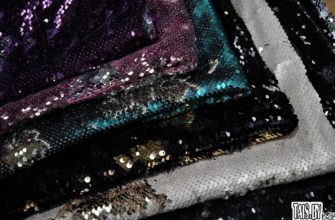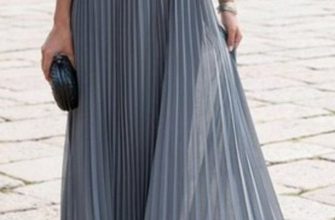Nylon is a synthetic fabric, the history of which dates back to before the release of polyester. With its appearance, the material changed fashion in women's clothing. This material is now widely used in the manufacture of industrial products, and is also used to sew clothes for children and adults. It is noteworthy that modern tourist equipment consists of 80% nylon. Why it deserves such popularity will be discussed below.
History of Nylon Fabric
Before considering the question of what kind of fabric nylon is, it is necessary to familiarize yourself with the history of its origin. The material first appeared in 1935, and was developed by chemist Wallace Hume Carothers. At that time, he worked for the chemical company DuPont. The production of nylon at that time was accidental.
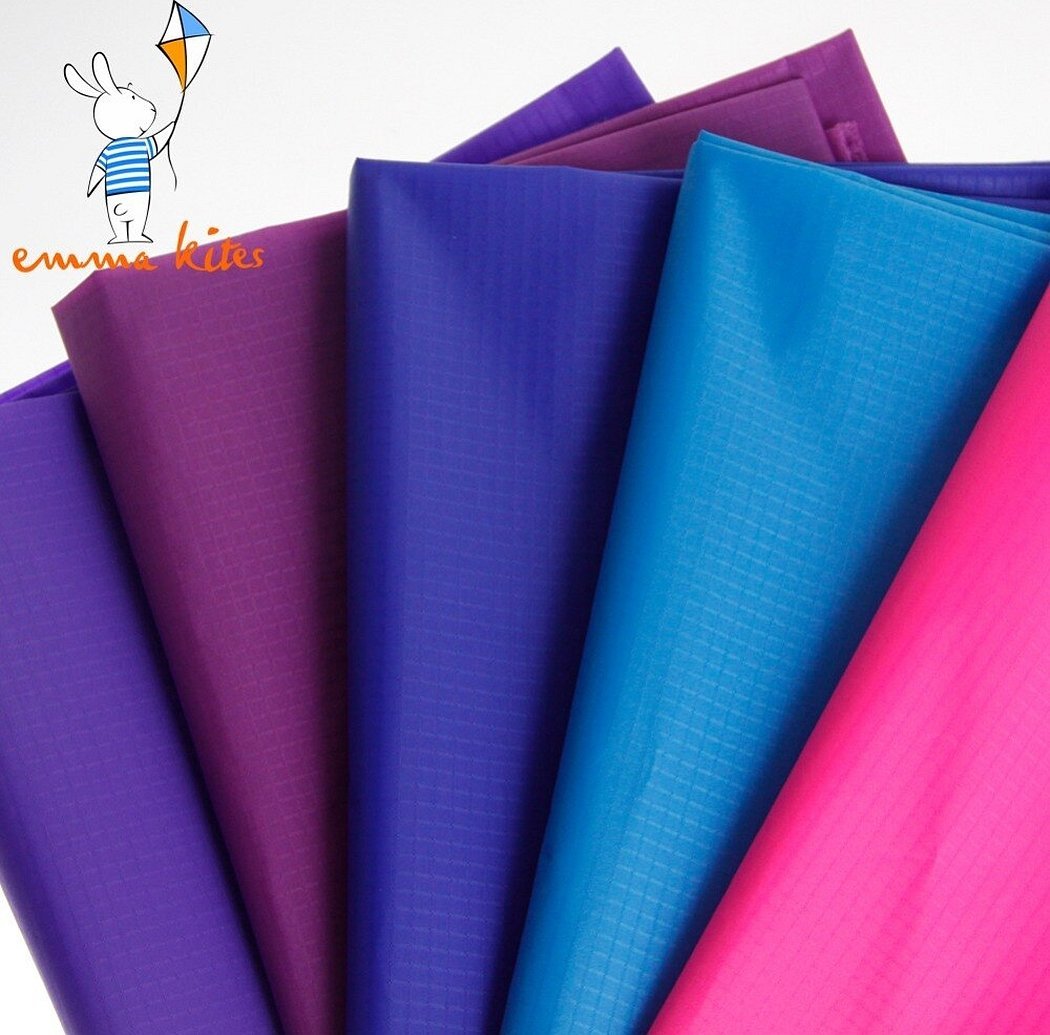
The chemist was simply studying chemical processes in a new direction. It was determined that some polymers, when stretched, produce a very thin thread. As a result, it became clear that a special weave could give a certain density to the resulting fabric.
The chemist managed to create a polymer in advance, which was not put on sale, but underwent additional processing and was later called nylon. Together with this polymer, neoprene and polyester were created by the chemist Carothers. But that was later. Three years after receiving the first trial polymer, the modified nylon entered the industrial network.
Properties and Applications
To determine exactly what nylon is, it is necessary to consider the basic properties of the material and the principle of its production. Nylon is a 100% chemical composition, for the production of which adipic acid and hexamethylenediamine are first combined. This gives a chemical reaction, as a result of which a salt is formed. Solvents are added to the salt and the resulting mixture is heated. By heating, polyamide is obtained - a plastic intended for the production of fabric fibers.
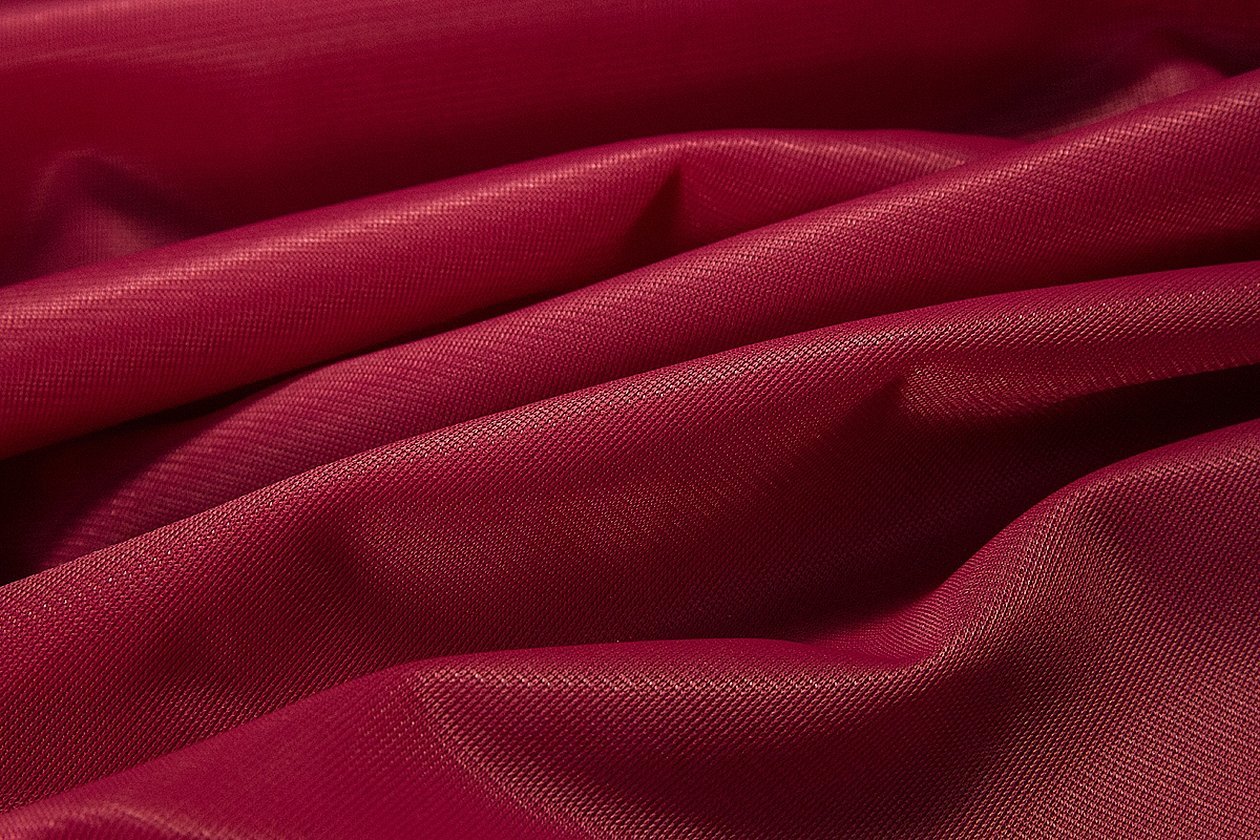
This is interesting! Thanks to the presented technology, we get a plastic that is great for both making dishes and for producing material. As a result, you can draw your own conclusion - the density and strength of the material is at a height, allowing you to sew bags, camping equipment, awnings and other products.
Does it get wet or not?
Nylon fabric is offered today by several manufacturers. The brand is manufactured in a similar way to the main method of obtaining fabric, but with some minor differences. As a result, the most popular varieties can be distinguished:
- Taslan Offman (100%) is the thickest and most durable polyamide (this is the second name). It always repels water, moisture collects in drops and flows down.
- Complex Finetex (100%) - has high strength, repels water completely.
- Finetex (100%) - has a microporous structure, which makes it highly durable and water-repellent.
- Elide (100%) - porous structure, ultra-thin nylon. Despite the presented characteristics of nylon fabric, it is durable and waterproof. The material is warm and soft.
When considering the question of what kind of material nylon is, most buyers confuse it with polyester. Indeed, the fabrics are similar in appearance and properties. But polyester is made from other chemical elements - polyester from petroleum products is used. Due to the peculiarities of production, the material is not as light as nylon. But the fabric has a high density, hence it is used in sewing outerwear and more durable household items.
Does it stretch or not?
The properties of nylon depend on its composition. So, it is impossible to answer exactly whether nylon stretches or not without considering the composition of the proposed fabric. Pure polyamide does not stretch. But if the fibers are mixed with lycra fibers, a stretchable material is obtained.
Strength
It is almost impossible to tear nylon with your hands. This is explained by the special arrangement of the fibers, which prevent tearing. Moreover, the fiber itself is polyamide or plastic, which provides the characteristic strength of the fabric.
Density
The properties of nylon indicate that the material is dense, but at the same time it is elastic, and can be draped softly. Fully nylon material is able to pass air, but only slightly.
Please note! For summer nylon clothing, it is better to choose fine-pored fabrics. They are practical and also pleasantly cool the skin in hot weather.
Types of Nylon Fabrics
Description of nylon fabric cannot be done without considering the varieties of the material. This is necessary to study the scope of application of each type.
At the moment, production has expanded, and manufacturers can reinforce the material, impregnate it with additional substances, and add fibers to improve its properties. As a result, the following types of nylon fabric can be distinguished:
- Elastic nylon - elastomers are added to nylon threads. These are polymer fibers with increased stretchability. Elastane is distinguished here, which has additional names - lycra or spandex. Such fabrics have bright colors, they softly hug the skin and stretch well. Sports suits are mainly sewn from elastic nylon.
- Ripstop is the same nylon that is pre-reinforced, in other words, stitched with additional threads with 5-8 mm stitches to improve strength. The result is a mesh, and clothes made from this material are durable. If the fabric is pierced by some sharp object, a small hole the size of one reinforced cell will result. Ripstop is used for sewing camping equipment, awnings, canopies and other household items.
- Cordura is, in fact, the name of a trademark. But it was the brand's employees who developed the technology for producing the presented fabric. In this case, the material contains chopped and twisted fibers, which results in a durable fabric used in sewing military or tourist equipment.
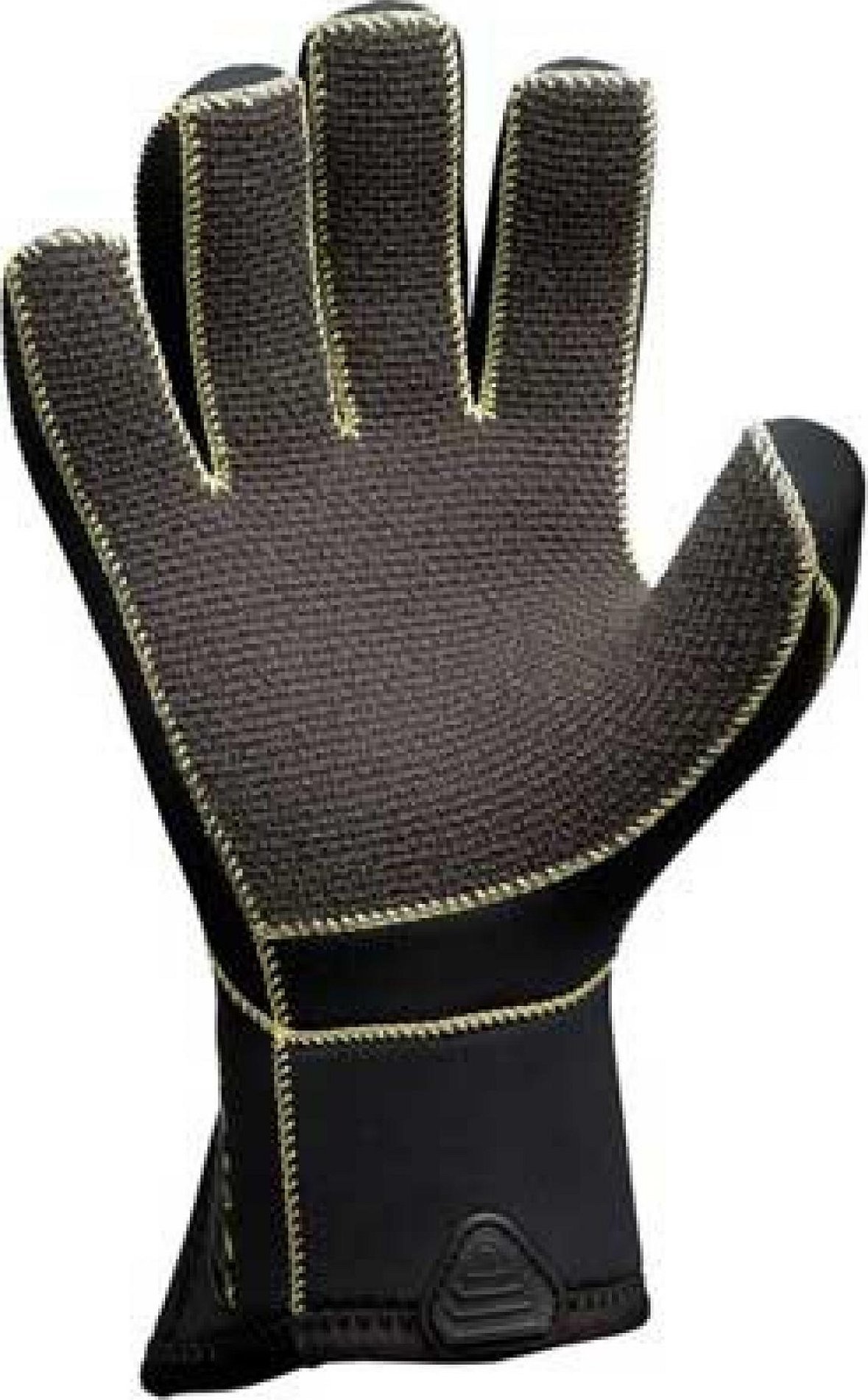
- Kevlar - differs from "standard" nylon by one group of atoms. As a result, there are no differences in appearance and basic properties, but several layers of Kevlar, unlike the original type, can stop a bullet. The material is used for sewing shoes and equipment for motorcyclists.
This is far from the entire classification of varieties. But liquid and reinforced types should be singled out separately.
Liquid Nylon
Liquid nylon is a mixture of natural fibers with ultra-thin elastane. The production of such fabric is mainly carried out by manufacturers of women's stockings. In addition, we can highlight underwear and various sexy overalls. In its properties and appearance, liquid nylon is similar to latex, but it is much thinner and stronger.

Reinforced nylon
The principle of nylon reinforcement was described above. But the reinforcement can be so strong that more complex household items are made from the finished material - prostheses, filtration devices, wrenches, pipe connectors and other things. It is noteworthy that these products will be of much higher quality than aluminum, but are offered at the price of plastic. What is the reason?
3D technologies are used in production, where Kevlar, fiberglass and carbon are used for additional reinforcement of nylon. They have already started making the products, but their supply is still limited. Buyers are also wary of the production of such items, since they are currently accustomed only to the strength of nylon lines. But the new product is gradually becoming part of everyday life.
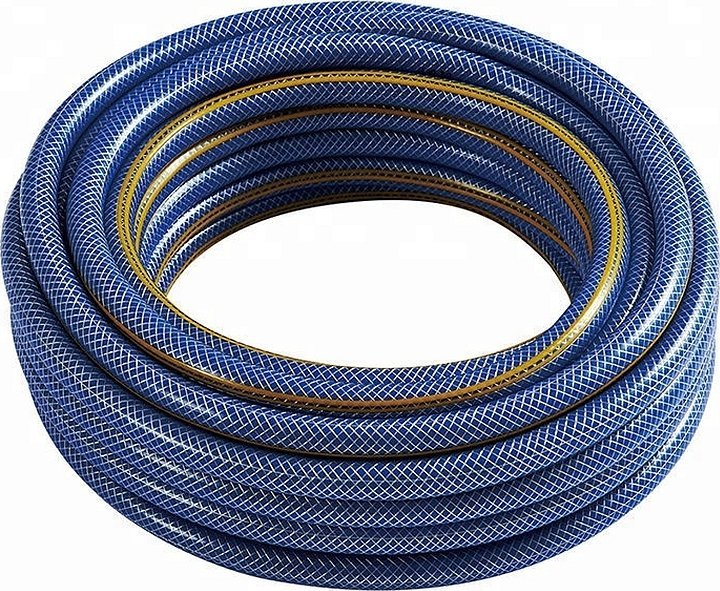
What is made from nylon
The features of the production of household items from nylon have already been mentioned above. The full list is as follows:
- sewing outerwear and casual clothing - jackets, windbreakers, T-shirts, women's dresses, trousers;
- production of hosiery;
- sewing of underwear and bedding sets - pajamas and underwear, swimwear, bed linen;
- accessories - bags, backpacks, umbrellas;
- production of tourist equipment - tents, awnings and sleeping bags;
- sewing sportswear - from standard tracksuits to ski equipment;
- production of workwear - from aprons for chefs to military uniforms for soldiers;
- home textiles;
- The production of industrial nylon is the manufacture of bushings, films, packaging, coatings, household and industrial filter bags.
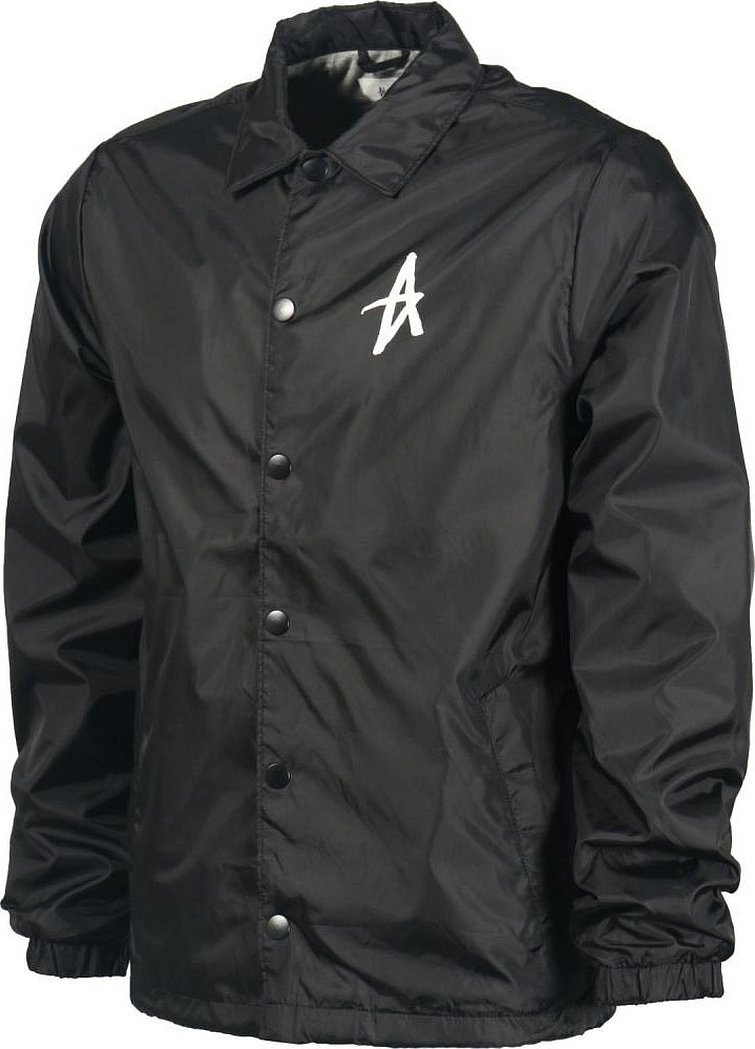
Please note! The cost of a nylon item directly depends on the production features of the material, as well as the principle of purpose. Thus, a material with the addition of elastic polymers costs much less than reinforced fabrics.
How to Bleach, Wash and Iron Nylon
It is impossible to give a precise answer to the question of how to iron or wash nylon fabric, since everything depends on the type of material. In matters of product care, the following factors can be distinguished:
- Nylon does not wrinkle, so it can be ironed without ironing if the structure of the fabric allows it. Harder varieties can be ironed with a warm iron - for example, a military uniform or a tracksuit. Women's stockings, nightwear or pastel can do without ironing.
- Only white nylon can be bleached. Colored materials will not retain their appearance. This is done with men's nylon shirts, which acquire a characteristic snow-white shine.
- Washing nylon products is easy, as the fiber repels not only water, but also dirt. It is enough to use hand or machine washing - which the product allows.
Important! When buying nylon clothing or any product, it is recommended to read the care instructions. Manufacturers always attach appropriate labels with the required water temperature for washing and possible ironing of the product.
Positive and negative properties of nylon
It is necessary to sum up the issues of nylon properties, listing the advantages and disadvantages of the fabric. The positive aspects include the following:
- Attractive appearance, pleasant to the touch material, color retention for a long time (bleaching is prohibited). Bed linen made of nylon with the addition of natural fibers is a pleasant to the body material that retains heat in winter and creates coolness in summer.
- The material does not fade from washing powders, is not affected by ultraviolet rays. It can be washed in cold and hot water.
- The ease of care of the fabric is noted. It is enough to wash clothes in the washing machine - everyday items and outerwear. Stockings and other thin varieties of material can be washed by hand.
- Sportswear made of nylon fits tightly to the body, but does not restrict movement during sports activities. In this case, we are talking about a material with the addition of lycra or another stretchable polymer.
But there are also disadvantages, which are presented as follows:
- When wet, the material may stretch, so do not hang the garment to dry.
- Do not dry textiles on radiators.
- Most types of fabric do not allow air to pass through, making such clothes uncomfortable to wear.
In questions of whether nylon is synthetic or not, the first fact is stated. It is a perfect synthetic, so people with a predisposition to allergies should not wear things made from the presented fibers.
Daily use and customer reviews
Reviews from buyers of nylon fabric are only positive. Everyone notes the easy care of household items, the ability to wash in cold water and other advantages of the material.
Alexey, 27 years old, Samara
"I bought myself a tracksuit made of nylon fabric. I liked the color - bright, which did not fade in the sun, did not fade when washed in hot water. I run in it in the mornings. They write that the fabric does not let air through, but I feel comfortable in it, everything is well ventilated."
Irina, 32 years old, Moscow
"I was given a set of bed linen made of nylon with some additional fibers. I was pleasantly surprised. Firstly, the quality of the material is similar to cotton. Secondly, it is pleasant to use in the summer - it creates a great cooling effect, which is simply necessary in the heat."
Sergey, 45 years old, St. Petersburg
"I am an avid fisherman, so I constantly need equipment and appropriate clothing. I recently noticed that all my equipment is nylon-based. Even the tent for the hike is nylon. So what? It's a very good material - durable, does not fade, does not get wet."
Please note! Nylon is a versatile fabric that can be used in a variety of sewing applications.
But manufacturers have gone even further, providing people with household items needed in everyday life. All products are safe for people, so they are used with pleasure.

